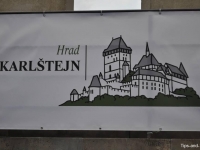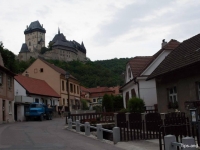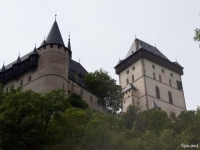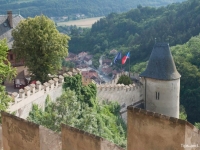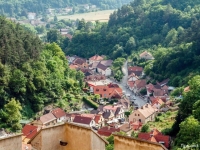Juliet’s house is a museum in a XII century building where they reconstructed the famous balcony, located near the historic center of Verona, Veneto, Italy. This house and balcony became famous thanks to the tragedy of William Shakespeare, Romeo and Juliet, published in 1597. This house was built by the Dal Cappello family and we can see their carved coat of arms on the keystone of the arch internal court. This tragedy was located in Verona and from that moment, the city was considered one og the most romantic cities in the world and it was also called ‘the city of lovers of Verona’. From the nineteenth century, a legend takes place and the building was considered the house where lived Juliette Capulet, where his beloved Romeo Montescchi had declared his love at the foot of the balcony. From 1905, the building was converted into a museum and became a major tourist attraction. The historian Antonio Avena has the house restored completely between 1936 and 1940 and they add the balcony to the facade of the inner courtyard. Here you will find 16th and 17th century furniture, paintings and engravings showing the history of Romeo and Juliet, Renaissance ceramics and the costumes for Franco Zeffirelli’s film Romeo and Juliet (1968). The bronze statue of Juliet, made by Nereo Constantini, is at the end of the courtyard. There are walls covered with love vows and multicolored graffiti left by lovers at the entrance of the building.
Tips
If you want to take a picture with the statue of Juliet, go as early as possible because it is almost always full of public. If you want to leave your message or make a graffiti, you should do the same.
There is a tradition that says the statue of Juliet, gives good luck to lovers, you must touch the right breast.
